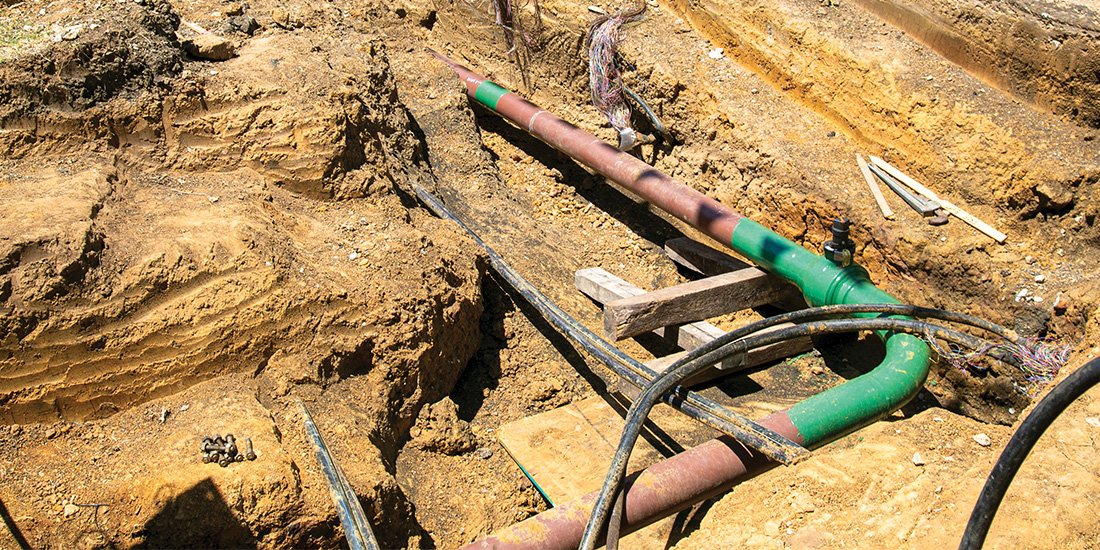CoServ Gas: Always ready for winter

On one of the hottest days of 2024, CoServ gas technicians donned thick, flame-retardant suits and face coverings to do a steel tap, the final step to activating a new gas line in Flower Mound.
Even in the early morning, the August sun made its presence felt, prompting the crews to wipe sweat from their faces. At that moment, the gas technicians probably weren’t thinking about the chill of winter.
But when temperatures drop below freezing and CoServ Gas Customers in Argyle, Bartonville and Lantana turn their heaters on, this mile-long pipeline will ensure reliable gas delivery to their homes and businesses.
“This new pipeline provides additional capacity to meet the increased demand for gas in the area. CoServ Gas is building our system to handle the coldest winter day, which requires year-round planning, designing and construction,” said Rodney Hale, Director of CoServ Gas Operations. “CoServ Gas is the fifth-largest natural gas utility in Texas and we added more than 5,000 new gas meters in 2024 alone so we’re always looking toward the future.”
While this is the biggest project this year for CoServ Gas, other improvements throughout the service area are planned. First, the aforementioned pipeline in Flower Mound will be extended another 4,700 feet north.
In June, CoServ Gas completed a new 6-inch, 3,740-foot steel pipeline near the Frisco and Little Elm border to accommodate the rapid growth in that area.
The bulk of the work CoServ Gas did in 2024 was upgrading or installing new district regulator stations. Regulator stations take the high-pressure gas from steel lines, like the new ones installed this year, and reduce the pressure before it enters the polyethylene lines that serve neighborhoods.
Regulator stations typically have above-ground pipes, valves and gauges and are surrounded by a barricade.
They’re called regulator stations because gas technicians can manually adjust the pressure based on demand using a bypass valve. When temperatures are below freezing, gas technicians will spend the night monitoring a station, adjusting pressure manually to ensure adequate pressure as the temperature drops and heaters place additional demand on the system.
CoServ Gas upgraded six regulator stations from 2 or 3-inch lines to 4-inch lines in 2024. CoServ engineers are designing several more regulator station upgrades that will be installed next year.
CoServ is also working with our gas supplier to build new metering stations, the point where we buy gas.
“This new infrastructure allows CoServ to maintain adequate gas pressure during cold snaps so our Customers stay warm and comfortable,” Rodney said.
The pipelines, regulator stations and metering stations are another way we’re investing today for the growth that’s coming in the future.
Previous versions of this article had errors in the type of pipeline used and the location of the work. The article has been updated with the correct information.

